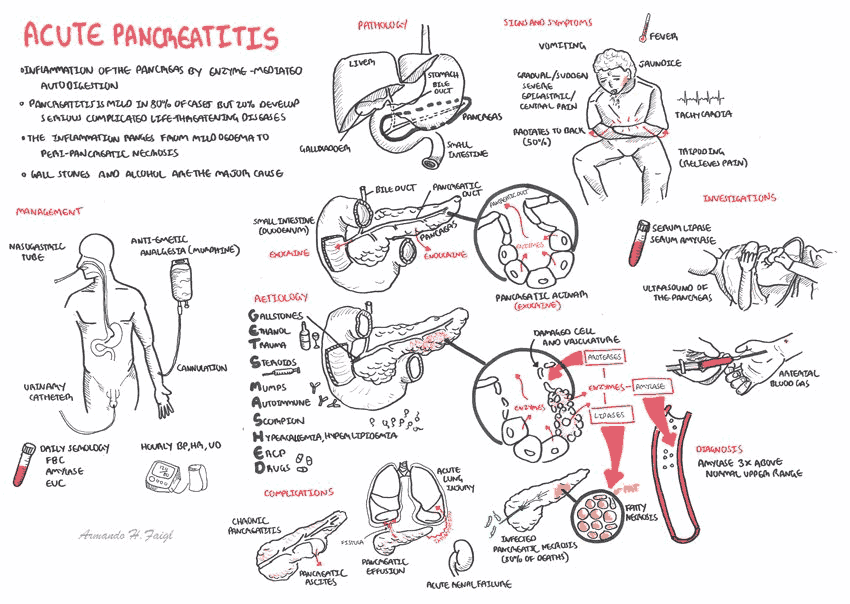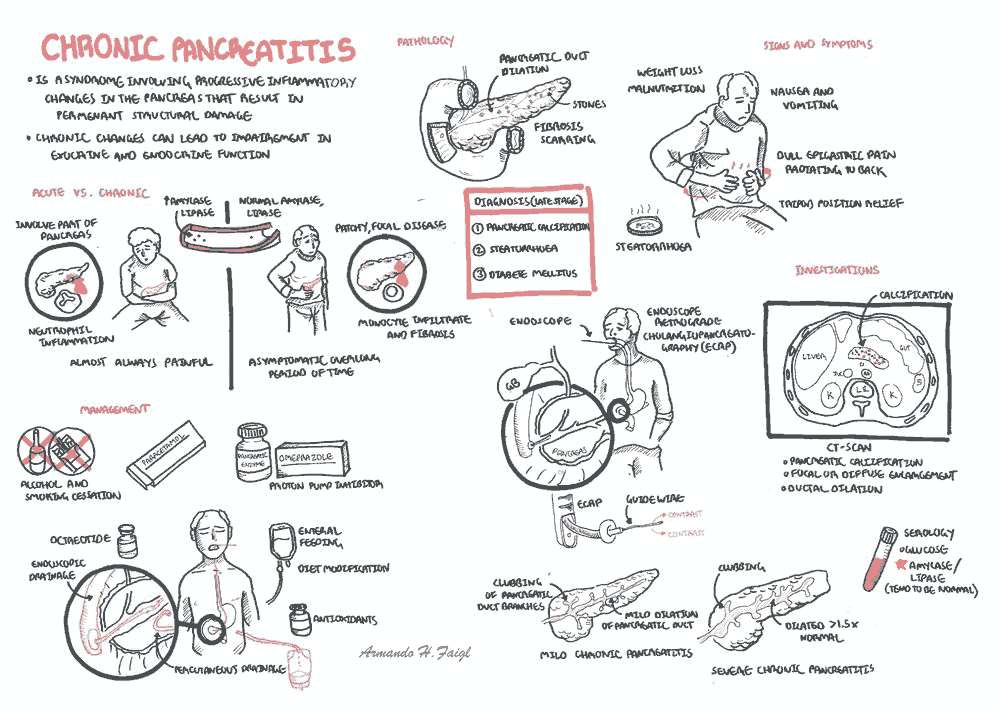From Heartburn to Ulcers: Understanding Peptic Ulcer Disease
Peptic ulcer disease most commonly occurs in the duodenum, followed by the stomach, esophagus, and jejunum in Zollinger-Ellison syndrome, or after a gastroenterostomy, or in a Meckel's diverticulum with ectopic gastric mucosa.

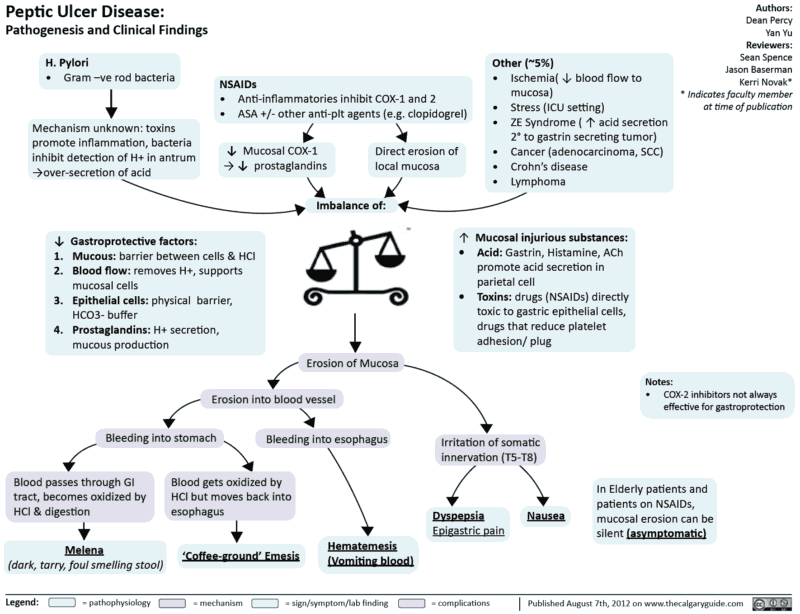
![Read more about the article All About Leukemia: From Diagnosis to Treatment [A Comprehensive Overview]](https://manualofmedicine.com/wp-content/uploads/2023/04/Classification-of-Leukemias-According-to-Cell-Type-and-Lineage.png)
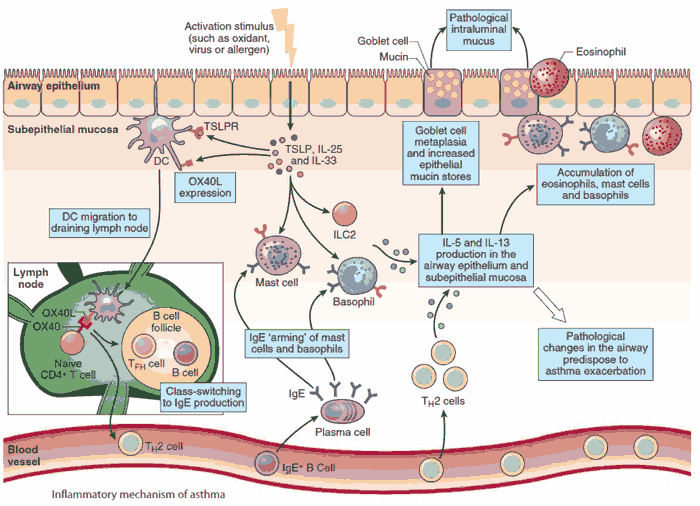
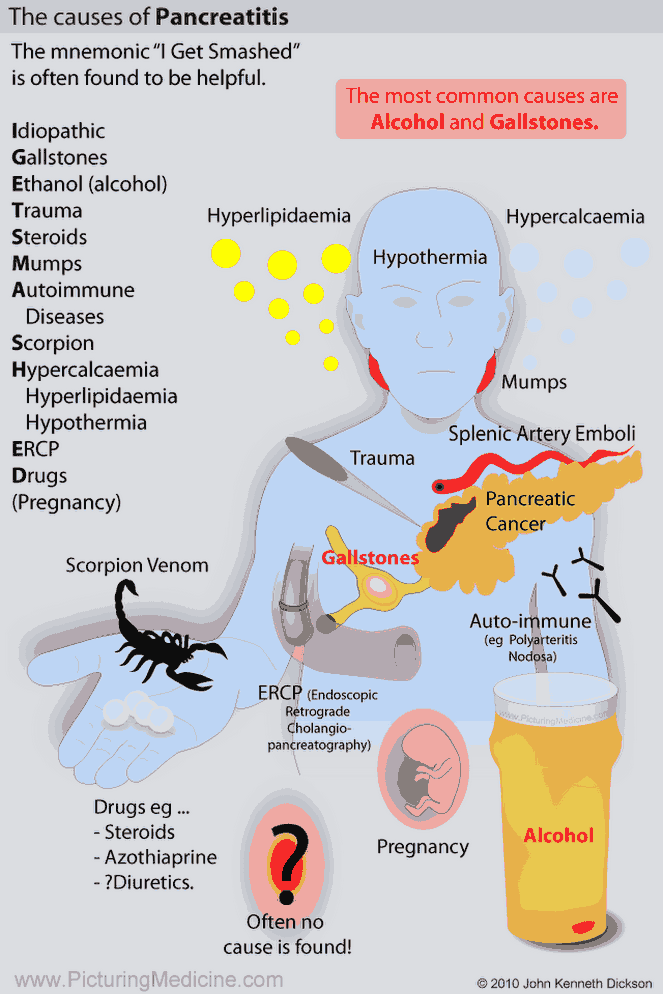

![Read more about the article Left Ventricular Hypertrophy (LVH): How to Recognize it on ECG [With Examples]](https://manualofmedicine.com/wp-content/uploads/2022/01/Major-ECG-findings-induced-by-left-ventricular-hypertrophy-LVH.png)
![Read more about the article Atrial Flutter: ECG Interpretation [With Examples]](https://manualofmedicine.com/wp-content/uploads/2022/01/Atrial-Flutter-with-4-1-AV-Block.png)
